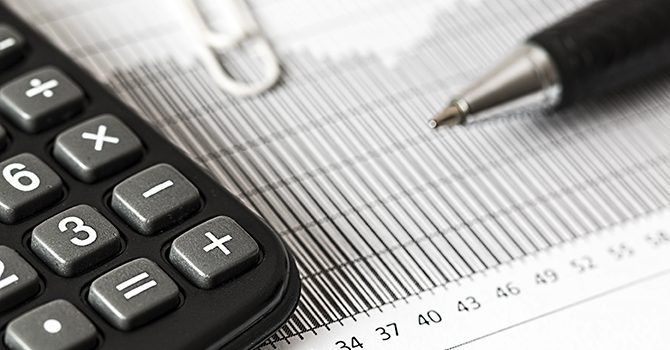There is much talk currently of circular procurement as an important element of the circular economy. The circular economy is a resource productivity concept. Manufacturers and consumers aim to keep materials useful at the end of their life, for example through repair and re-use in new products. Circular procurement supports this. It is relevant to production purchases, where the whole-life of the product is planned during the early design process. In particular, circular procurement ensures that component parts may be repaired, re-purposed or recycled at the end of their useful life. The benefits to the economy and the environment are clear. With a global population demanding greater resources in terms of infrastructure, goods and food, the approach makes sense.
Circular procurement typically requires a change in procurement mind-set, so that sustainable procurement is the primary focus of the category requirements. So, is it possible for circular procurement to work alongside category management? This table summarizes the features of each:
| Circular procurement | Category management |
|---|---|
| Sustainable procurement is the primary focus of category needs. | Sustainable procurement is one the category concerns, alongside availability, quality, service, cost, innovation and regulatory (AQSCIR) needs. |
| Supported by collaborative, long-term relationships with suppliers. | Supported by a variety of different relationships, to suit the market conditions, supplier relationship and criticality of the purchase. |
| Outcomes are defined in waste minimization. | Outcomes are defined in terms of value to the customer, the organization and the organization’s stakeholders. |
| Disposal is described in terms of re-use or recycling, because waste is seen as a resource. | Disposal could result in items going to landfill. |
The procurement profession can move towards circular procurement practices by adapting their total cost of ownership (TCO) analyses for goods, materials and consumables purchases. The typical focus of such analysis is whole life cost, which means how much it will cost to acquire, transport, store, use, maintain and dispose of the products. Procurement people can extend TCO assessment into waste minimization, which explores familiar topics like consumption and demand management and environmentally responsible sourcing. Products are also used to support services purchases, such as IT equipment, office supplies or printed / packaging items. A circular procurement evaluation would consider how suppliers manage the end of life of such associated goods, even if they are not part of the actual purchase.
The Ellen MacArthur Foundation, working together with McKinsey, has championed the circular economy concept. This is shaping government debate and has a clear impact on procurement. The Foundation’s publication “Towards a Circular Economy: Business Rationale For An Accelerated Transition (2015) states that “prices…should reflect real costs. In a circular economy, prices act as messages, and therefore need to reflect full costs in order to be effective”. Some organizations like Google and Philips are leading the way in defining their procurement activities around this way of working. They are members of The Circular Economy 100, a group of enterprises, governments and special interest groups committed to the Ellen MacArthur Foundation’s principles.
Using the best in class examples of these procurement teams is a useful first step in understanding the gap to achieving circular procurement. This requires a new approach to measuring the effectiveness of procurement. For example, savings metrics where cost is a sub-element of sustainable supply chains rather than the other way around.
